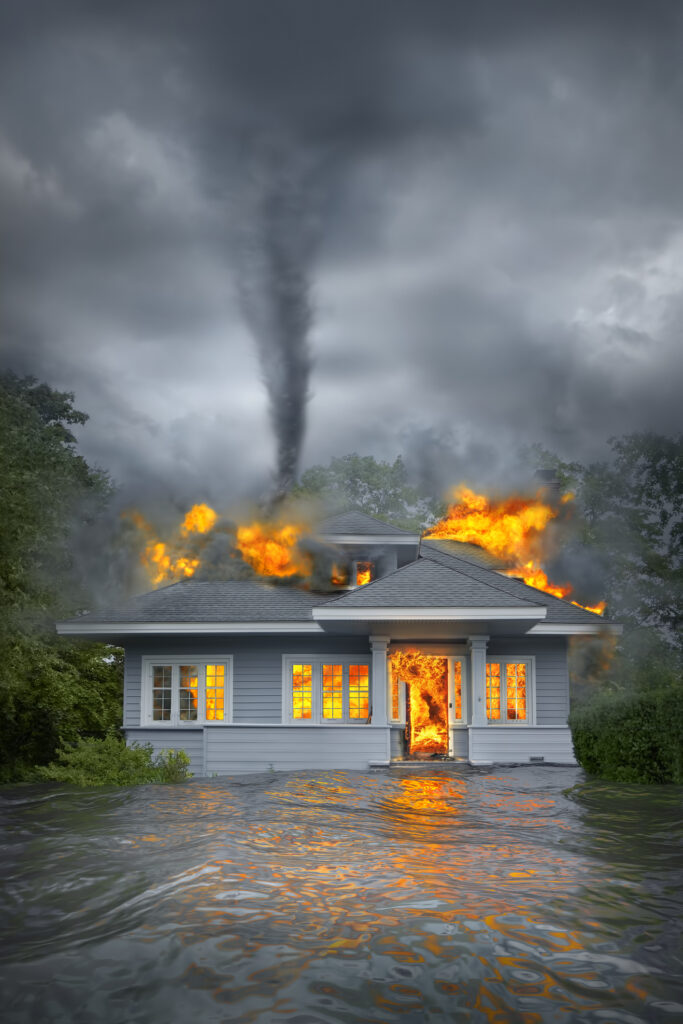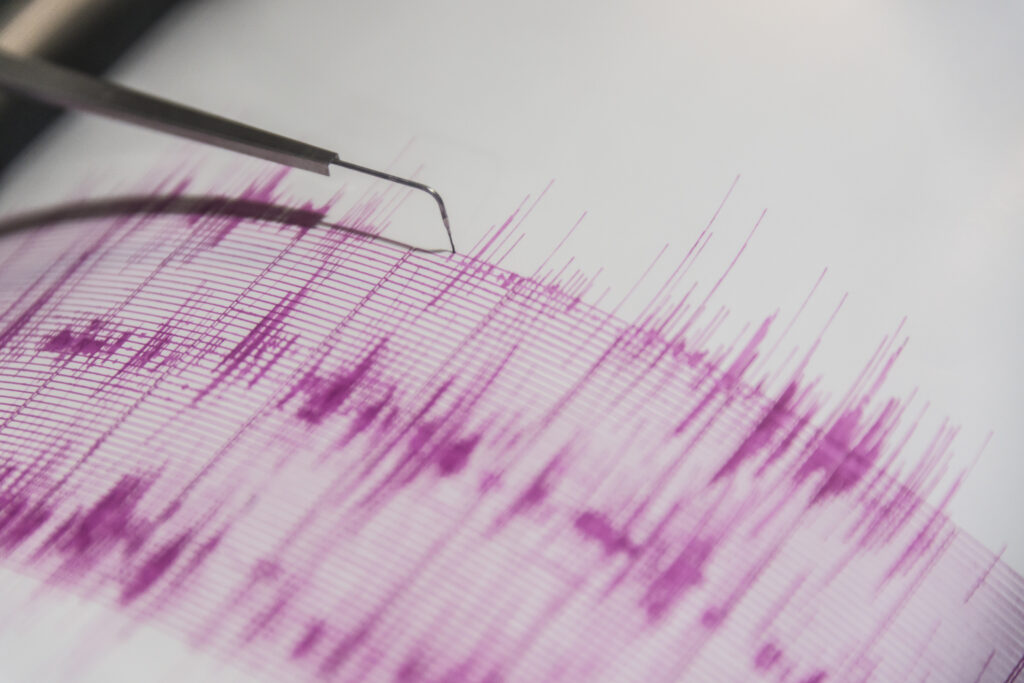
Amid a summer full of deadly fires and storm-related flooding, the Trump Administration appears to be rolling back some of the spending cuts imposed upon the National Weather Service (NWS) by the Department of Government Efficiency (DOGE).
The National Oceanic and Atmospheric Administration (NOAA) – of which NWS is a part – announced at an internal all-hands meeting earlier this month that they will hire 450 meteorologists, hydrologists, and radar technicians. CNN reported the announcement, citing an unnamed NOAA official. In jointly timed press releases, Congressmen Mike Flood and Eric Sorensen (D-Ill.) and Mike Flood (R-Neb.) acknowledged the planned hirings.
While the decision is welcome news, both congressmen continued to urge their colleagues to pass their bipartisan Weather Workforce Improvement Act to ensure these positions will remain permanent and not be subject to any future reductions.
“For months, Congressman Flood and I have been fighting to get NOAA and NWS employees the support they need in the face of cuts to staff and funding,” Sorenson said. “Hundreds of unfilled positions have caused NWS offices across the country to cancel weather balloon launches, forgo overnight staffing, and force remaining meteorologists to overwork themselves.”
“For decades the National Weather Service has helped keep our communities safe with accurate and timely forecasts,” said Flood, adding that the NOAA announcement “sends a message that they’re focused on strengthening the NWS for years to come.”
NOAA and FEMA cuts raised fears
It’s not just the NOAA and NWS cuts that have raised concerns. On April 4, 2025, the Federal Emergency Management Agency (FEMA) announced that it would be ending its Building Resilient Infrastructure and Communities (BRIC) program and cancel all BRIC applications from fiscal years 2020-2023. Congress established BRIC through the Disaster Recovery Reform Act of 2018 to ensure a stable funding source to support mitigation projects annually. The program has allocated more than $5 billion for investment in mitigation projects to alleviate human suffering and avoid economic losses from floods, wildfires, and other disasters.
At the time, Chad Berginnis, executive director of the Association of State Floodplain Managers (ASFPM), called the decision to terminate BRIC “beyond reckless.”
“Although ASFPM has had some qualms about how FEMA’s BRIC program was implemented, it was still a cornerstone of our nation’s hazard mitigation strategy, and the agency has worked to make improvements each year,” Berginnis said. “Eliminating it entirely — mid-award cycle, no less — defies common sense.”
Resilience investment is key to long-term insurance availability and affordability. Average insured catastrophe losses have been on the rise for decades, reflecting a combination of climate-related factors and demographic trends as more people have moved into harm’s way.
Efforts have been made to save BRIC, and a U.S. District Judge in Boston recently granted a preliminary injunction sought by 20 Democrat-led states while their lawsuit over the funding moves ahead. Judge Richard G. Stearns ruled the Trump Administration cannot reallocate $4 billion meant to help communities protect against natural disasters.
In his ruling, Stearns said he was not convinced Congress had given FEMA any discretion to redirect the funds. The states had also shown that the “balance of hardship and public interest” was in their favor.
“There is an inherent public interest in ensuring that the government follows the law, and the potential hardship accruing to the States from the funds being repurposed is great,” Stearns wrote. “The BRIC program is designed to protect against natural disasters and save lives.”
Learn More
2025 Cat Losses to Date Are 2nd-Costliest Since Records Have Been Kept
Russia Quake Highlights Unpredictability of Natural Catastrophes
JIF 2025: Federal Cuts Imperil Resilience Efforts
Louisiana Senator Seeks Resumption of Resilience Investment Program
Texas: A Microcosm of U.S. Climate Perils
BRIC Funding Loss Underscores Need for Collective Action on Climate Resilience
Weather Balloons’ Role in Readiness, Resilience
ClimateTech Connect Confronts Climate Peril From Washington Stage











